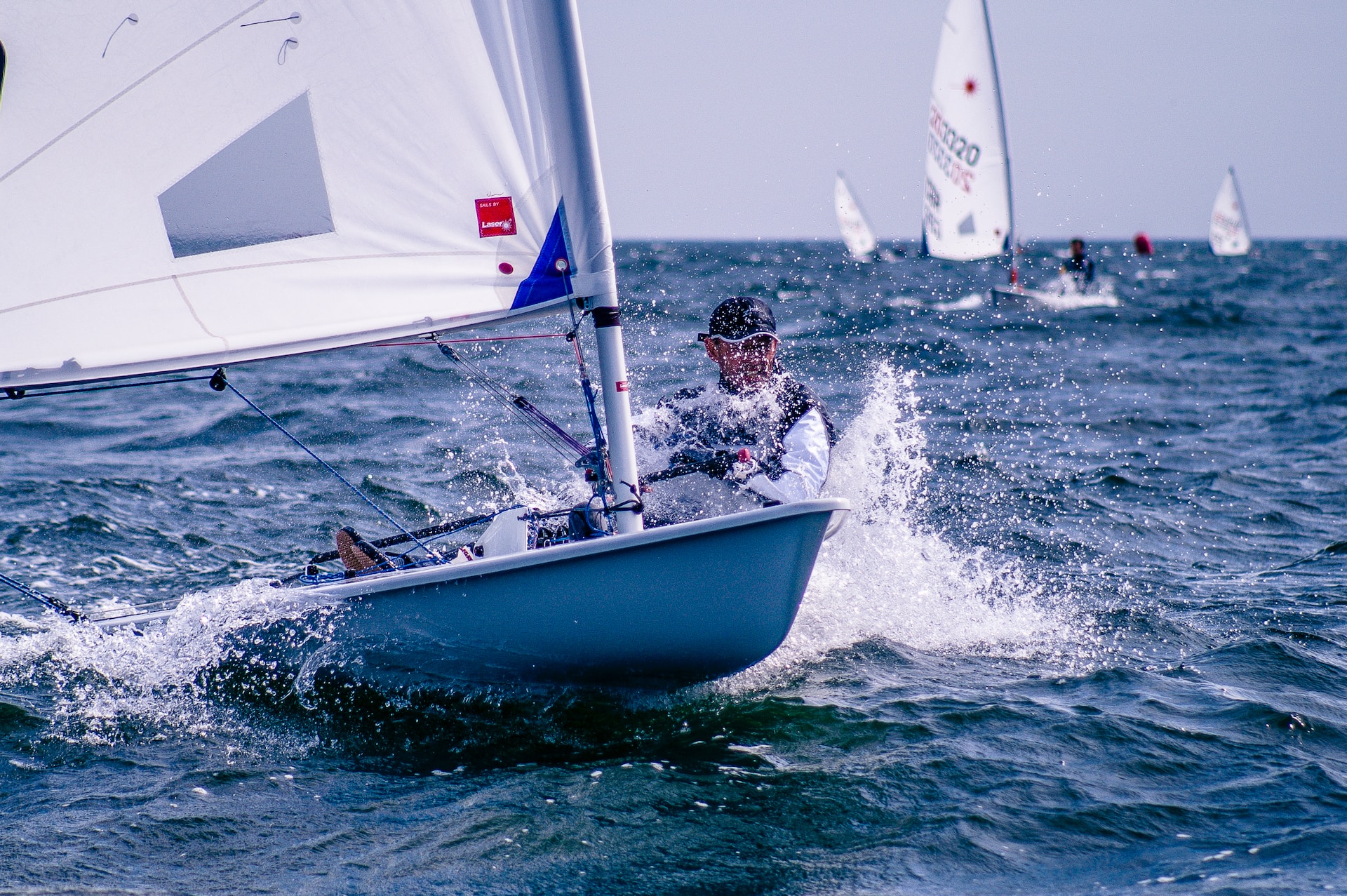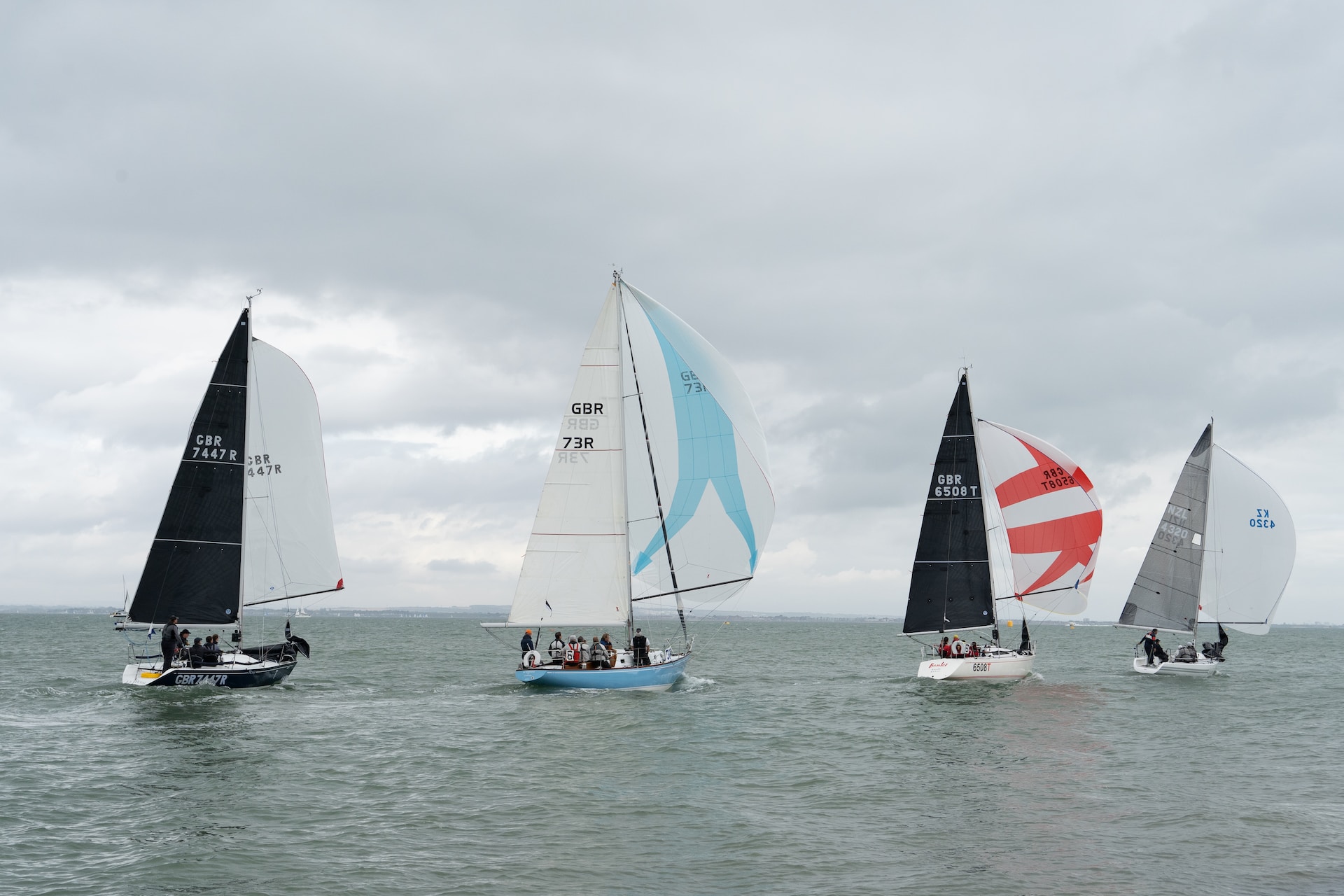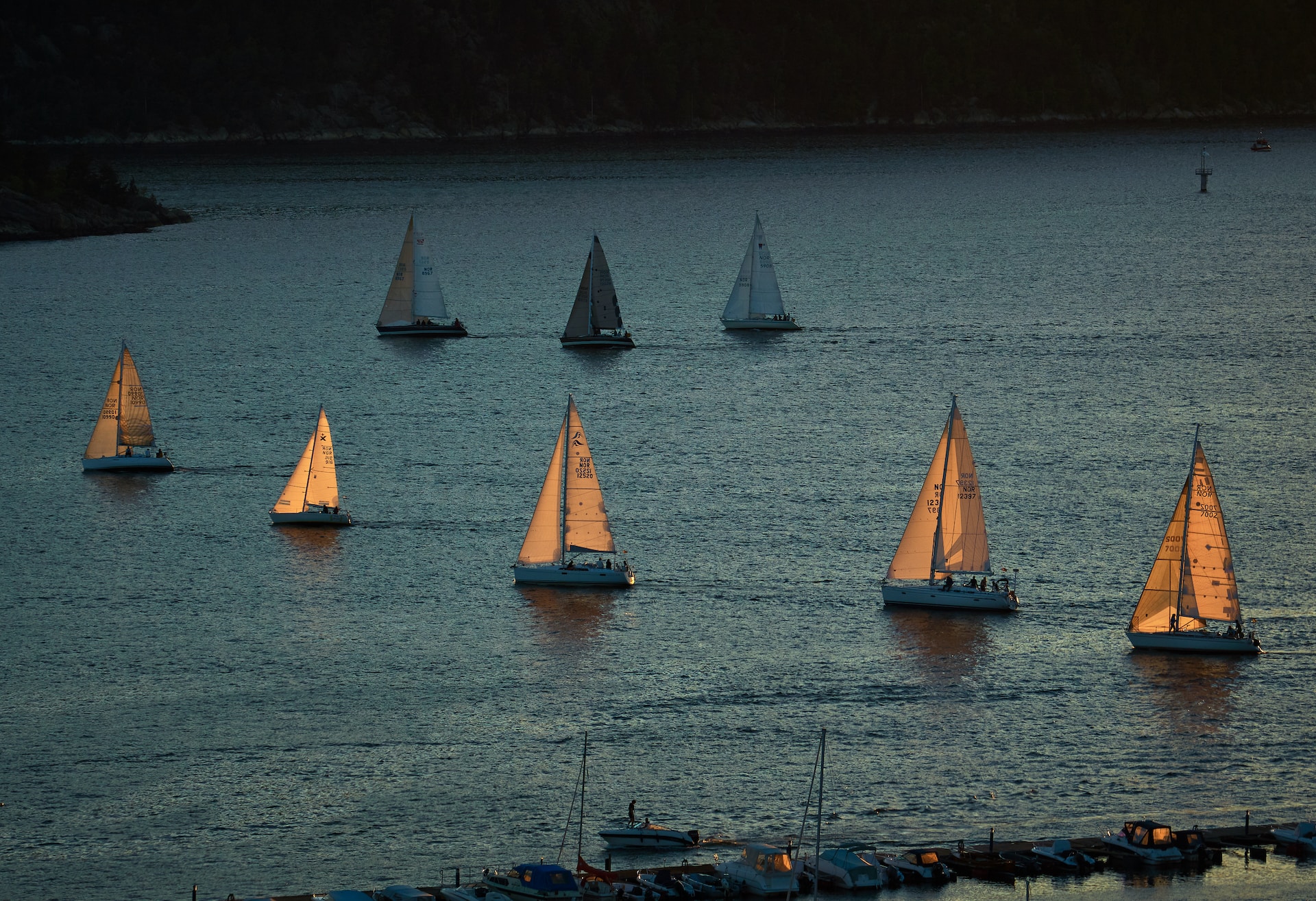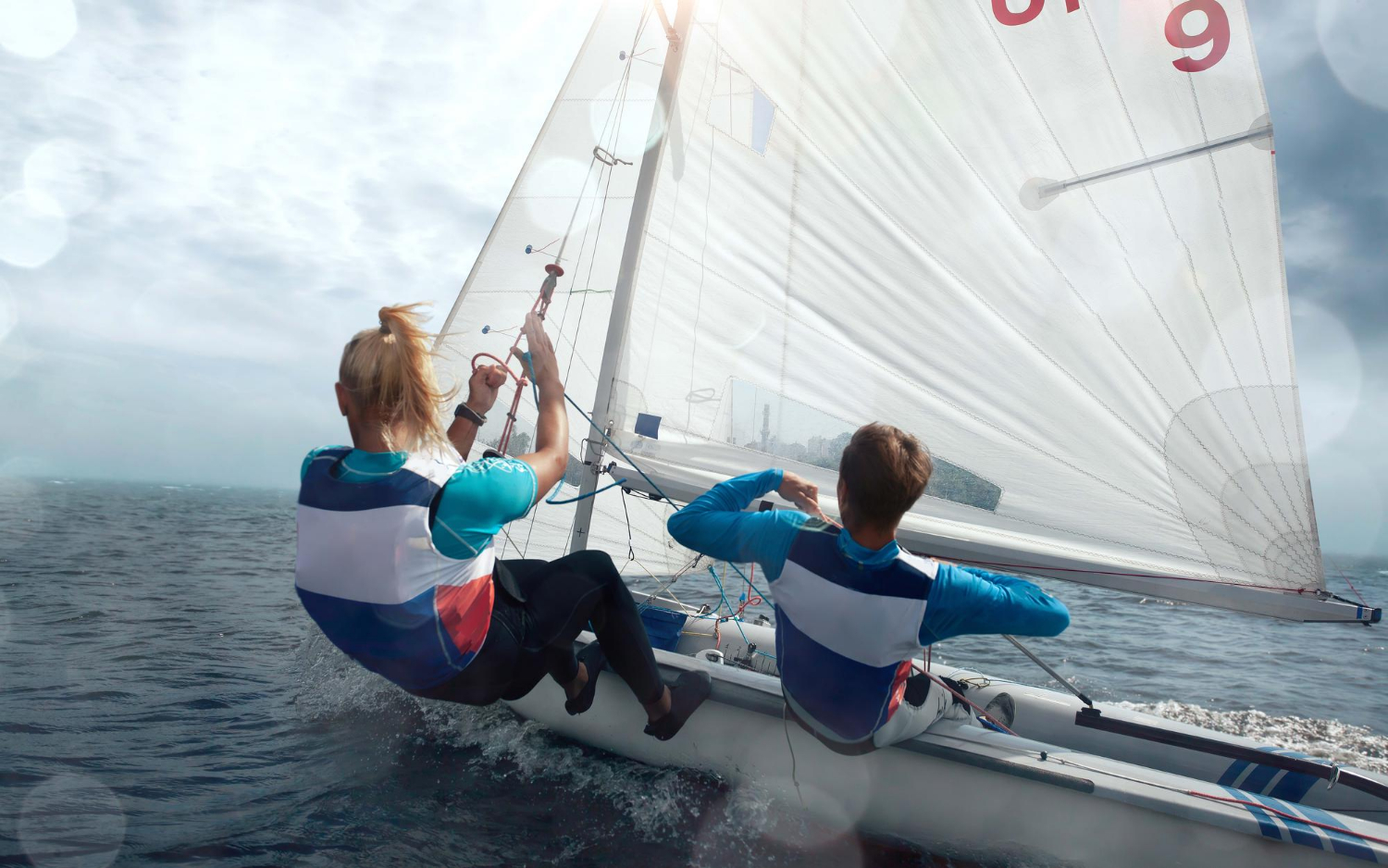Sailing races, also known as regattas, are the heartbeat of competitive sailing. These thrilling events combine the serenity of the open water with high-stakes competition. In this article, we embark on an exciting journey to uncover the world of sailing races.
The racecourse dynamics
Sailing races occur on various bodies of water, each with challenges and characteristics. Fundamental racecourse dynamics include:
- Wind patterns. Sailors must adapt to changing wind conditions, strategically positioning their vessels to catch the most favourable breezes.
- Mark rounds. Races typically involve rounding specific marks, such as buoys or flags, in a prescribed order. Navigating these marks efficiently requires precision and strategy.
- Tactics. Sailors must make tactical decisions based on their position in the fleet and their knowledge of the racecourse. They may cover their competitors closely or take calculated risks to gain an advantage.
Mastering racecourse dynamics is definitely essential for competitive sailors.
Strategy and teamwork
Sailing races demand not only technical skill but also strategic thinking and seamless teamwork. Critical elements of race strategy include:
- Starting tactics. A strong start is crucial. Sailors aim to cross the starting line at the optimal moment, both too early (resulting in a penalty) and too late. It involves reading wind conditions and gauging the fleet’s positioning.
- Upwind and downwind sailing. Races often include segments of upwind and downwind sailing. Sailors must adjust their sail trim, tactics, and positioning to maximize speed and efficiency in each condition.
- Crew coordination. Effective communication and teamwork among crew members are essential. Tasks such as sail adjustments, tacking, and jibing require seamless coordination to maintain boat speed and control.
Race strategy and teamwork are the backbone of sailing races. Sailors must work harmoniously with their crew to achieve victory.
Regatta types
There are various types of sailing races catering to different sailing disciplines and boat classes:
- One-design regattas. In these events, sailors compete on identical sailboats. They emphasize skill and tactics rather than boat performance. This format places a premium on sailor expertise.
- Match racing. Two sailboats compete head-to-head to outmanoeuvre and defeat the opponent. Match racing is an intense, one-on-one competition that tests tactical skills.
- Fleet racing. Multiple sailboats compete in a race, each striving to reach the finish line first. Tactics, boat handling, and fleet positioning are crucial in these highly competitive races.
- Offshore racing. Offshore races involve long-distance sailing, often across open ocean waters. Endurance, navigation, and seamanship skills are paramount as crews face extended periods at sea.
The diversity of regatta types in sailing ensures a race format for every sailor.
Conclusion
As you can see, sailing races are a captivating blend of strategy, skill, and the unpredictable forces of nature. They offer an adrenaline-charged adventure on the water. Sailors become masterful orchestrators of wind and water. Whether you are an aspiring racer or a seasoned competitor, the world of sailing races invites you to embrace the challenges and excitement of this dynamic sport.
Now that you have unravelled the intricacies of sailing races, consider taking the helm and participating in a regatta near you. Join a sailing club, sign up for racing courses, or attend local regattas to witness the thrill of competitive sailing firsthand. Bon voyage!



